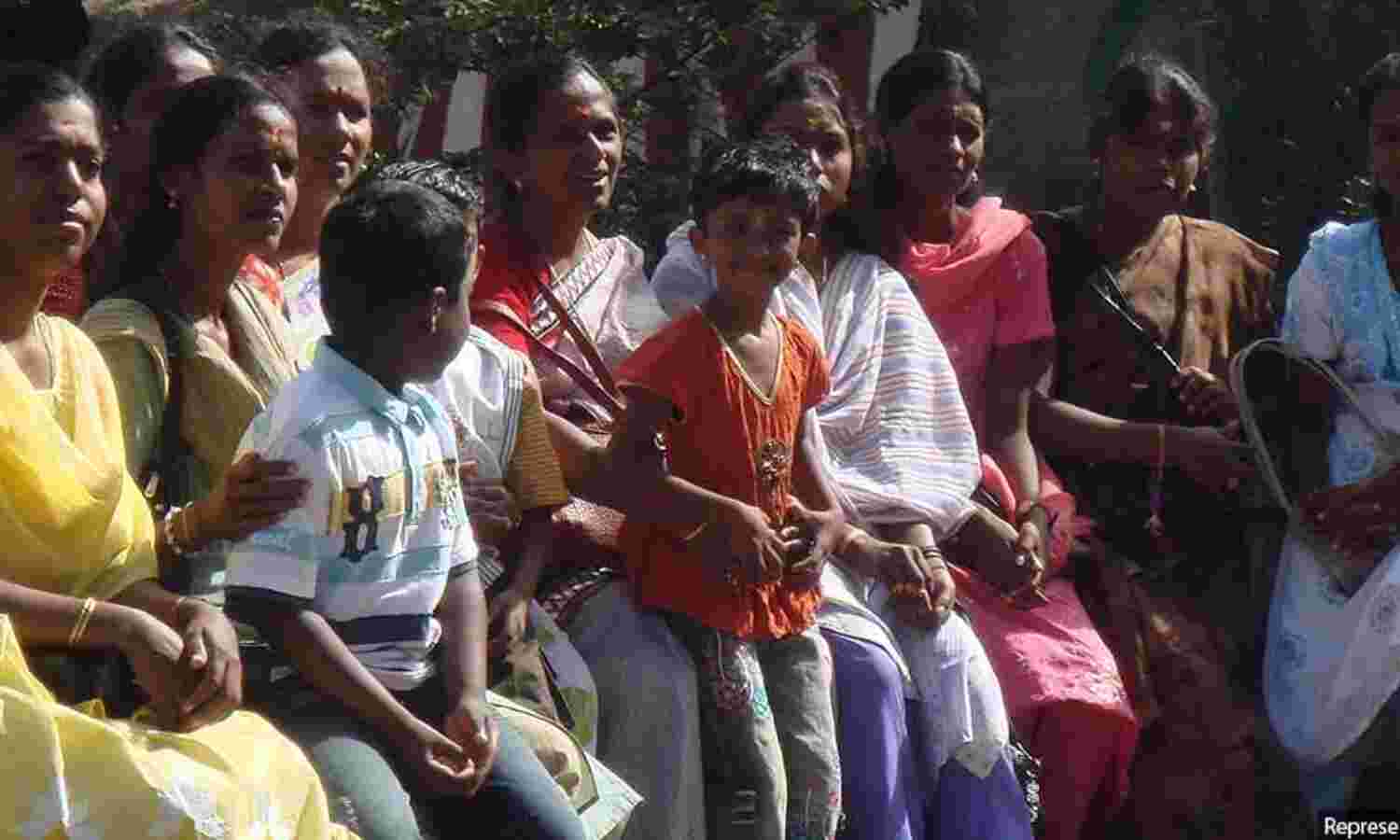Kannadigas Richer Than Indian Average, Poorer Than Southern Neighbours

Mumbai: While Karnataka does better than the national average on social justice and empowerment indicators for dalits and adivasis, it still lags its southern neighbours Andhra Pradesh, Tamil Nadu and Kerala in terms of poverty, according to this 2018 Karnataka government report.
Over 12.9 million or 21% people in Karnataka live below the poverty line, more than Tamil Nadu’s 11.3% (8.2 million), Andhra Pradesh’s 9.2% (7.8 million) or Kerala’s 7% (2.3 million). Adivasis and Dalits comprise nearly a third of the poor.
Dalits, or scheduled castes (SCs) as they are constitutionally called, comprise 16.9% of the state’s population, and Adivasis, or scheduled tribes (STs), comprise 6.8%.
In 2011, 21.2% of Karnataka’s population lived in poverty--lower than 22% nationwide. A larger proportion of dalits and adivasis--33.2% and 31.5%, respectively--lived in poverty, more than other southern states, indicating higher inequality: https://t.co/RO2sMNNz4v
— IndiaSpend (@IndiaSpend) May 8, 2018
About 28.4% of Karnataka’s Dalits live in urban areas and comprise more than a quarter of state’s slum population (28%), the report showed. Among adivasis, less than a fifth or 19.2% live in urban areas.
The Karnataka Vision Document 2025, as the report is called, is a strategy for governance for the next seven years upto 2025, focussed on 13 sectors, including social justice and empowerment, agriculture, energy, health and nutrition, urban development, employment and skilling. Comparative data for Telangana were not available in the report.
Nearly half the population of India or 48% live in multidimensional poverty, which, apart from monetary indicators, includes overlapping deprivations at the household level related to health, education and living standards, the report said.
While Karnataka reported a relatively lower multidimensional poverty rate of 40.7%, the state is home to the highest percentage of “multidimensional poor” (40.7%) in south India. Kerala, with a rate of 10.1%, recorded the lowest multidimensional poverty nationwide.
“Karnataka state achieved sustained economic growth in the recent past however, inequality in economic, social and health and health care utilization is widening among various social groups,” the report observed.
Here are some of the other findings on social justice and empowerment:
As of 2013, Karnataka’s gross enrollment ratio (GER) in higher education was 24%--more than the national average (20.4%). Yet, GER for SCs and STs in the state was much lower at 15.4% and 12.7%, respectively.
— IndiaSpend (@IndiaSpend) May 8, 2018
In 2016-17, labour force participation rate of dalits in K'taka was 59.9%--more than the national average (53.7%). Most dalit workers (73%) were engaged as manual labour or daily wage workers in unskilled/semi-skilled jobs.
— IndiaSpend (@IndiaSpend) May 8, 2018
In 2011, of 7.8 million landholders in Karnataka, 11.6% were SCs and 6% STs. Of 12.16 million hectares of cultivable area in the state, SCs and STs held less than a sixth--8.5% and 5.8% of land, respectively
— IndiaSpend (@IndiaSpend) May 8, 2018
In 2016, of the 70.2% civil service posts filled in Karnataka, 10.6% were occupied by dalits (against a 15% reservation) and 2.9% by adivasis (against a 3% reservation). Lowest representation of SCs was in minor irrigation dept (3.9%), STs in agriculture dept. (2%)
— IndiaSpend (@IndiaSpend) May 8, 2018
(Saldanha is an assistant editor with IndiaSpend.)
We welcome feedback. Please write to respond@indiaspend.org. We reserve the right to edit responses for language and grammar.


